The Organic Legacy of Bundelkhand: Exploring the Richness of Saboot Moong Dal
Introduction
In the arid yet vibrant land of Bundelkhand, agriculture is more than just cultivation—it’s a cultural commitment, a way of life. While the region is often in the spotlight for its drought-prone terrain and rugged history, it quietly nurtures one of the most nutritious and culturally significant crops in India: Saboot Moong Dal (whole green gram).
This humble pulse, often overlooked in mainstream narratives, is grown using traditional organic methods, hand-graded by skilled women artisans, and deeply embedded in the region’s culinary, spiritual, and ecological heritage.
Bundelkhand: A Land Rooted in Resilience
Geographic and Historical Context
Spanning parts of Uttar Pradesh and Madhya Pradesh, Bundelkhand has a landscape defined by rocky plateaus, limited rainfall, and hardy vegetation. Historically ruled by Chandela kings and dotted with forts and temples, this region symbolizes endurance and adaptability.
That same endurance is mirrored in the crops that grow here—especially in pulses like Moong Dal, which require minimal irrigation, withstand extreme climates, and offer maximum nutrition.
The Legacy of Sustainable Agriculture
Long before the term “organic” became a label, Bundelkhandi farmers practiced chemical-free farming. They relied on nature’s rhythms, cow dung manure, neem-based pesticides, and the wisdom passed through generations.
Among all crops, Saboot Moong Dal has remained a resilient favorite, thanks to its short growing cycle, nitrogen-fixing ability, and climate-friendly nature.
Saboot Moong Dal: The Heartbeat of Bundelkhand’s Kitchen and Culture
A Staple with Deep Culinary Roots
In Bundelkhandi homes, Saboot Moong isn’t just food—it’s tradition. Cooked with minimal spices, it creates a soulful, hearty meal. Popular dishes include:
-
Saboot Moong Curry: Slow-cooked in clay pots with garlic and mustard tempering.
-
Moong Dal Khichdi: A comfort food enriched with ghee, perfect for winters or fasting.
-
Sprouted Moong Salad: A cooling, protein-rich dish eaten during summer.
These dishes are often prepared during festivals, fasts, or community gatherings, reflecting both nutritional need and spiritual significance.
A Symbol in Ritual and Religion
In Hindu rituals, whole pulses like Moong Dal are considered sattvic—pure and balanced. They are offered to deities during Navratri, used in prasad, and consumed during fasting for their ability to energize without stimulating the senses.
In Bundelkhand, it’s common to see families offering raw Saboot Moong in temples and distributing it to the needy as part of daan (charity)—further cementing its role as a sacred grain.
The Art of Hand Grading: Precision Meets Tradition
What Is Hand Grading?
Hand grading involves manually sorting the harvested Moong Dal to remove impurities, uneven grains, stones, or dust. This process ensures that only the best grains make it to the consumer’s plate.
In Bundelkhand, this is not done by machines but by local women who’ve mastered the art over decades. Sitting in groups under shaded verandas, they sort dal with practiced eyes and agile hands.
Why It Matters
-
Preserves Quality: Machine-processed dal often loses nutrients and flavor. Hand grading preserves its integrity.
-
Generates Employment: It empowers hundreds of women in rural villages who earn fair wages and gain financial independence.
-
Sustains Culture: It keeps alive a practice that connects communities to their roots.
In a world rushing toward automation, Bundelkhand’s hand-graded dal is a reminder that some things are best done slowly and soulfully.
Organically Grown: Moong Dal as a Climate-Smart Crop
A Crop Made for the Drylands
Saboot Moong Dal thrives in Bundelkhand’s semi-arid conditions. With a short maturity period (60–70 days), low water requirement, and ability to grow in degraded soils, it’s ideal for small-scale farmers looking to earn profit with minimal resources.
Moreover, Moong Dal is a nitrogen-fixing legume—it improves soil health for the next crop, reducing the need for synthetic fertilizers.
How Farmers Are Going Back to Organic
Encouraged by rising demand and environmental necessity, many Bundelkhandi farmers are shifting back to organic farming, using:
-
Panchagavya: A fermented organic growth booster made from cow byproducts.
-
Cow dung compost: Naturally enriches the soil.
-
Bio-pesticides: Made from neem, garlic, and turmeric.
-
Intercropping with millets or urad: Enhances land productivity.
This not only improves the quality of Saboot Moong but preserves the biodiversity and reduces the environmental footprint of farming.
The Nutritional Brilliance of Saboot Moong Dal
A Powerhouse in Every Grain
Whole green gram is one of the most nutrient-dense pulses available. A 100g serving typically provides:
-
Protein: 24g – ideal for vegetarians and bodybuilders.
-
Fiber: Supports gut health and satiety.
-
Iron & Folate: Vital for blood and brain function.
-
Antioxidants: Help in detox and immunity.
-
Low Glycemic Index: Helps regulate blood sugar.
It is cholesterol-free, gluten-free, and low in fat, making it perfect for all age groups, especially children, pregnant women, and elders.
Health Benefits Recognized by Ayurveda
Ayurveda classifies Moong as tridoshic—it balances all three doshas (Vata, Pitta, Kapha). It’s known to:
-
Improve digestion
-
Detox the liver
-
Reduce inflammation
-
Strengthen immunity
In times of illness or fasting, Bundelkhandi families often turn to light Moong soup, known to restore strength gently.
Saboot Moong Dal as a Symbol of Rural Empowerment
Fueling Rural Economies
From sowing to hand grading to packaging, every step of Saboot Moong’s journey creates jobs in Bundelkhand. Small-scale cooperatives and women’s self-help groups are now marketing their own branded Moong Dal, retaining profits within villages.
A Movement Toward Local Prosperity
With rising urban demand for organic, unpolished pulses, Saboot Moong Dal from Bundelkhand is becoming a symbol of economic and environmental regeneration—a bridge between the rural producer and the conscious urban consumer.
Conclusion: A Grain With a Story
In every grain of Bundelkhand’s Saboot Moong Dal lies a story of resilience, reverence, and regeneration. It’s not just food—it’s a symbol of a community’s commitment to organic living, age-old wisdom, and ethical livelihoods.
By choosing hand-graded, organically grown Saboot Moong from Bundelkhand, you’re doing more than adding nutrition to your plate. You are:
-
Supporting women-led rural economies
-
Reviving indigenous agricultural traditions
-
Encouraging climate-resilient farming
-
Participating in a movement of mindful eating

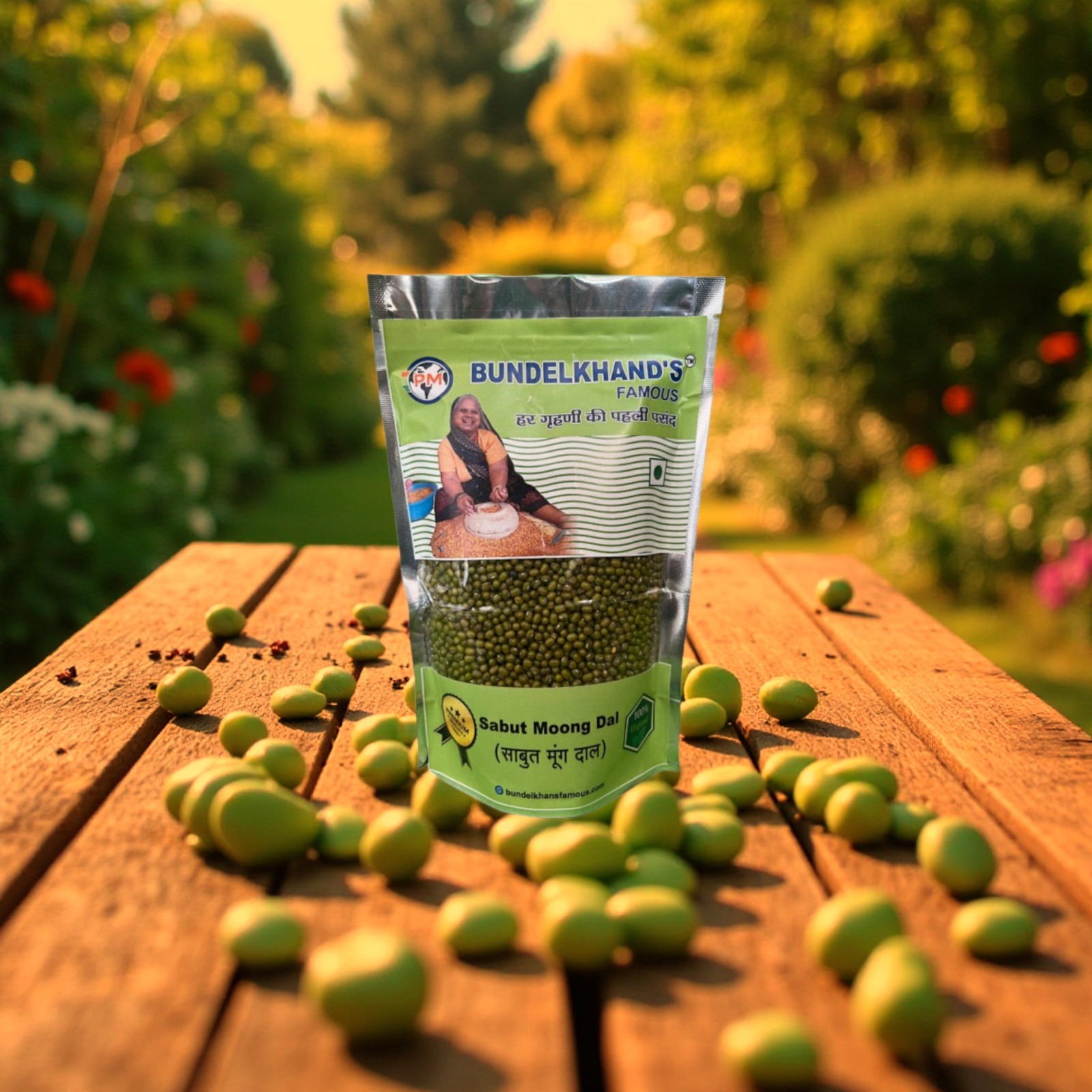
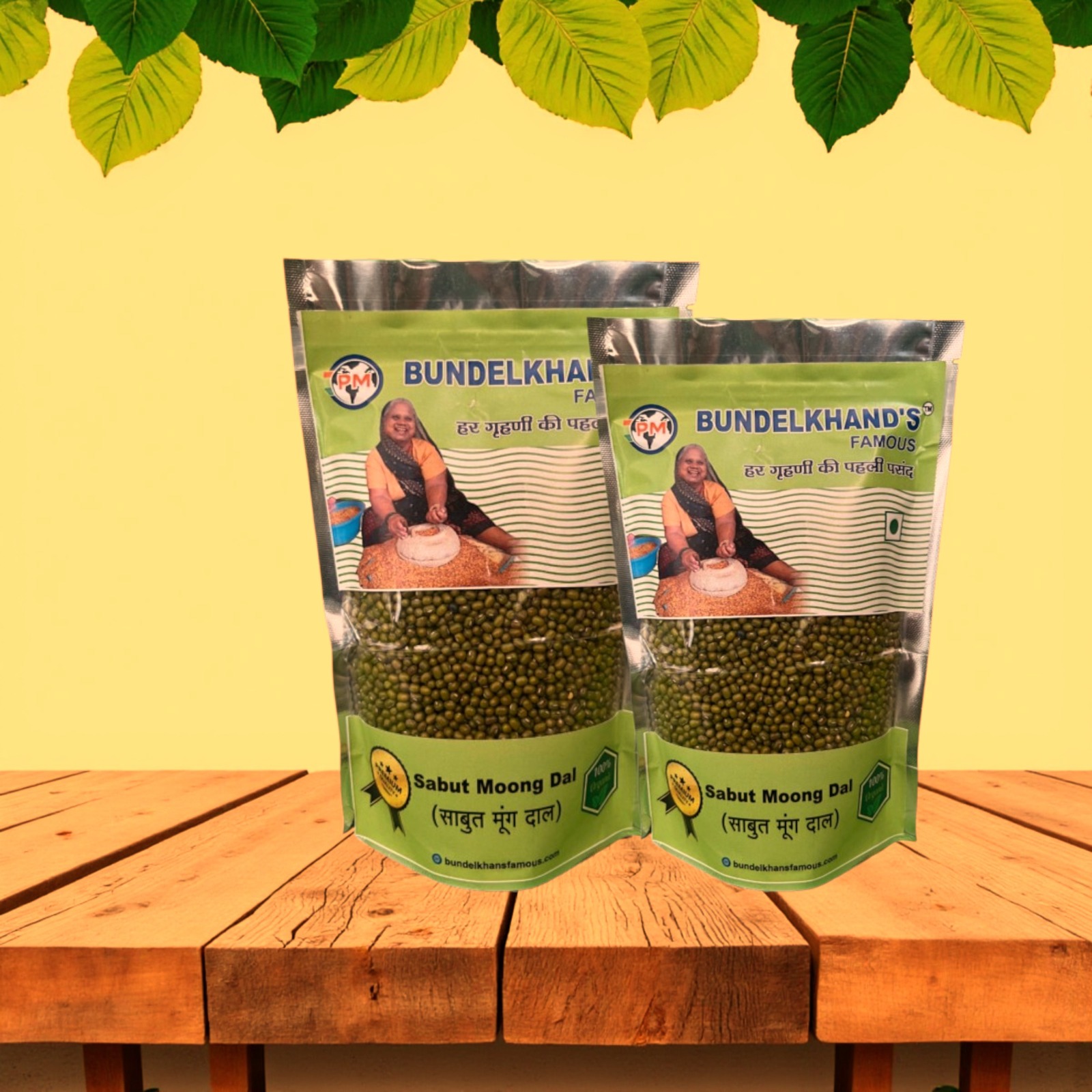
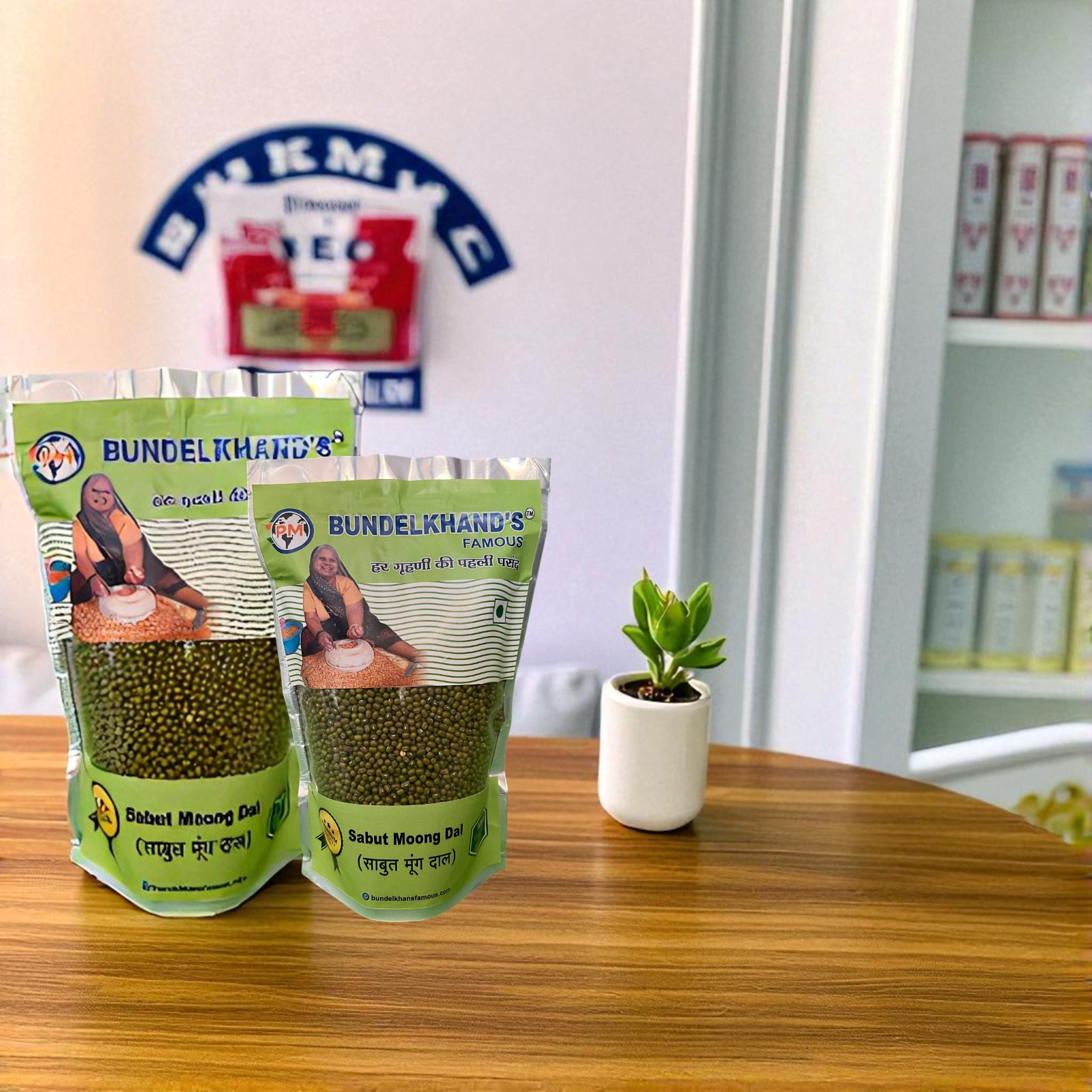
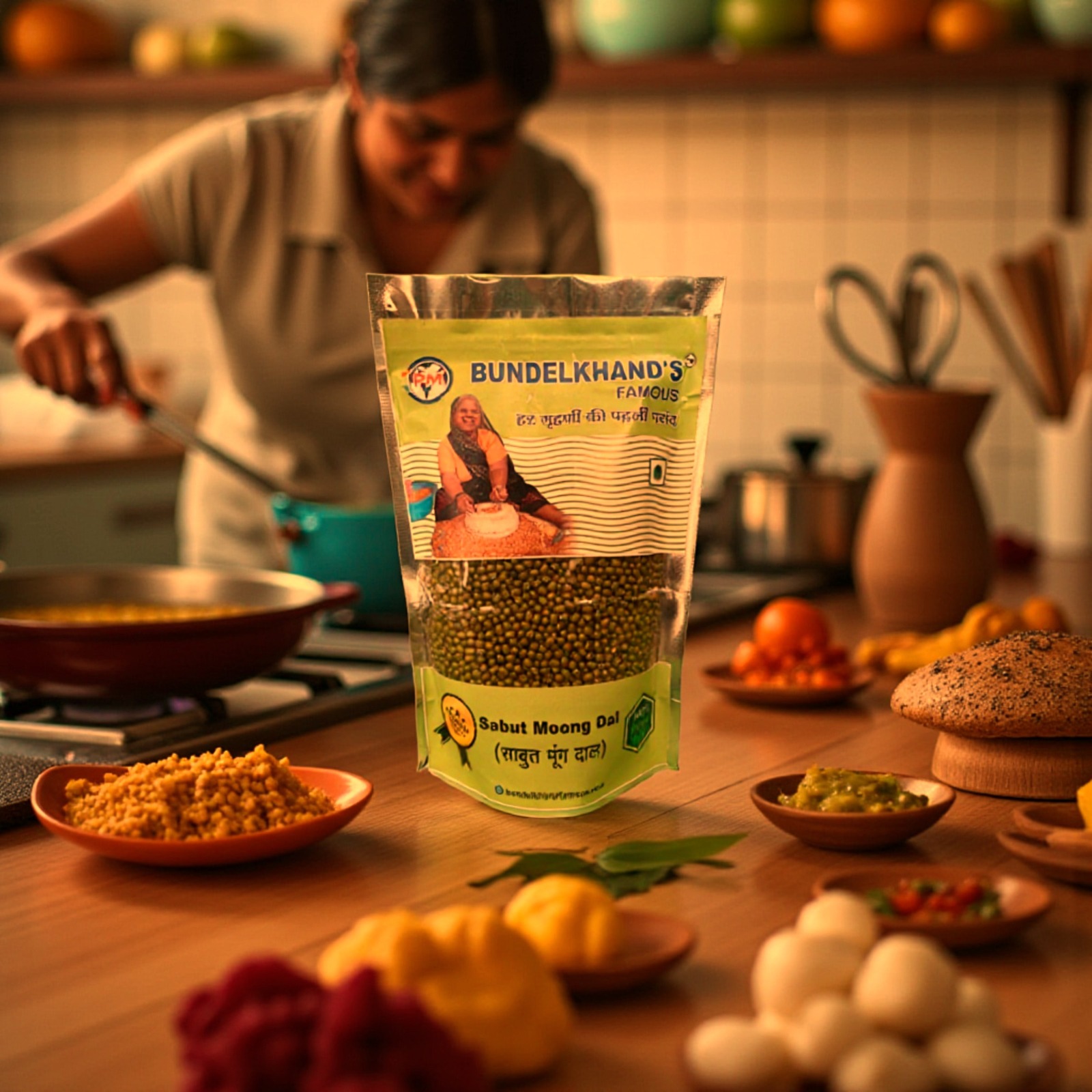
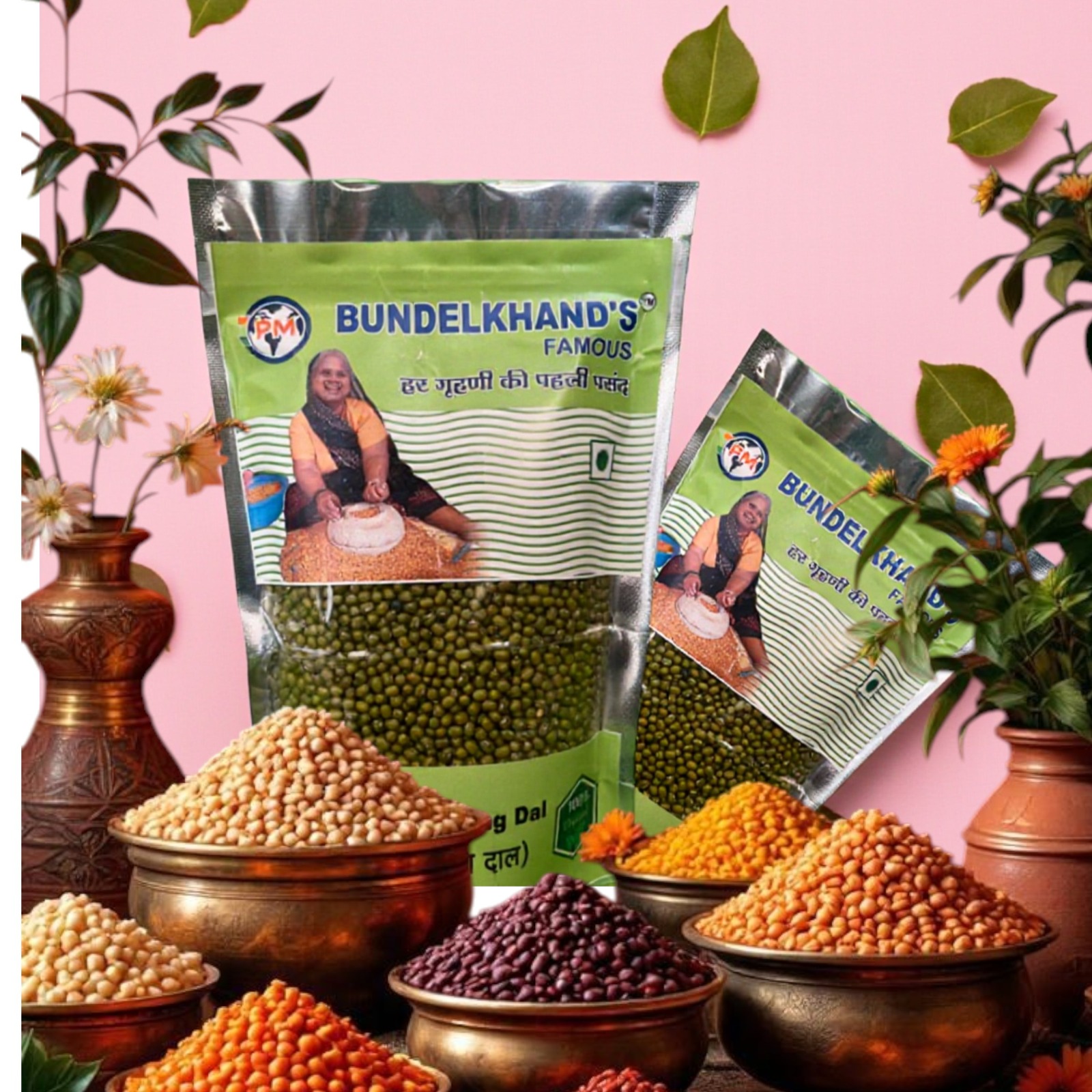

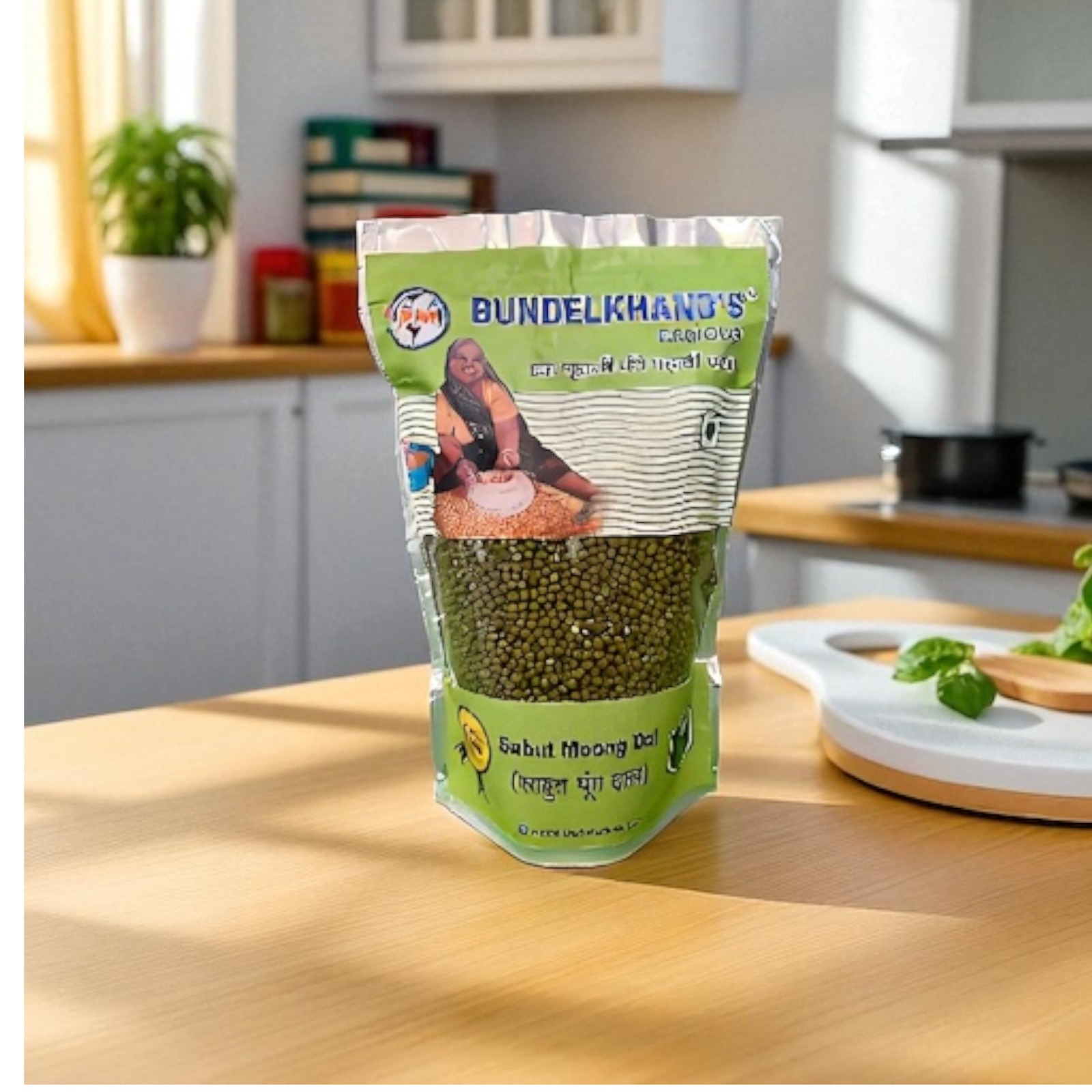

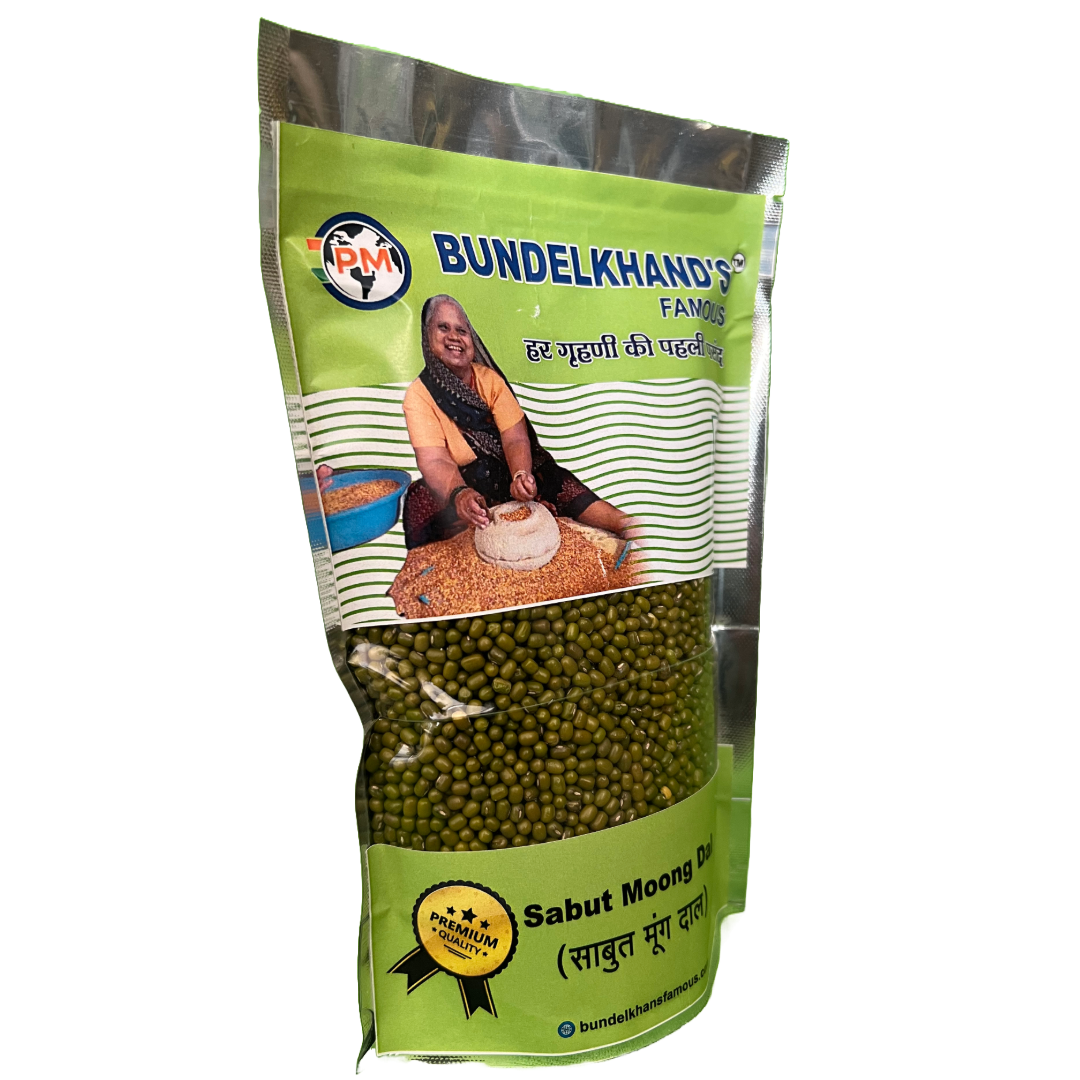
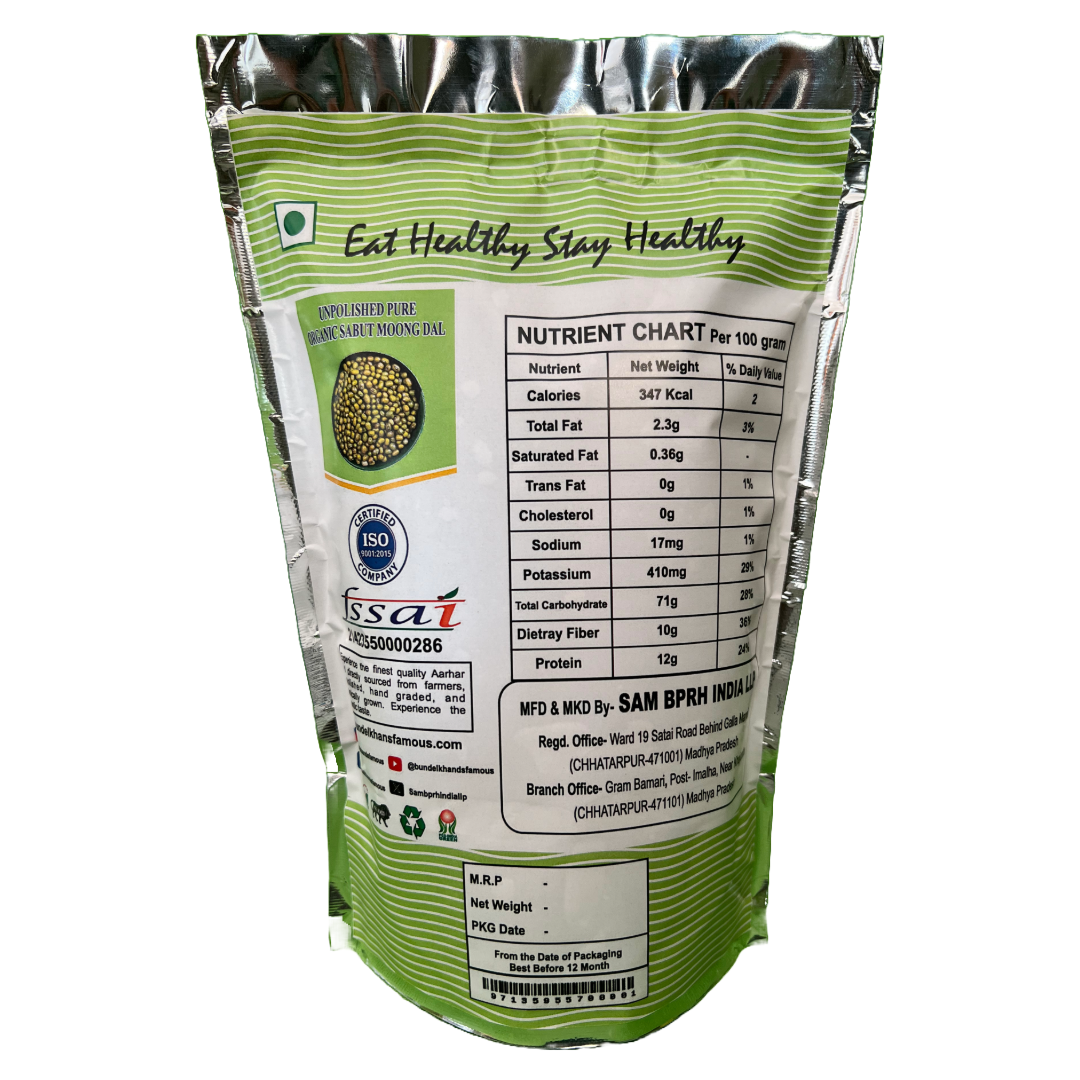
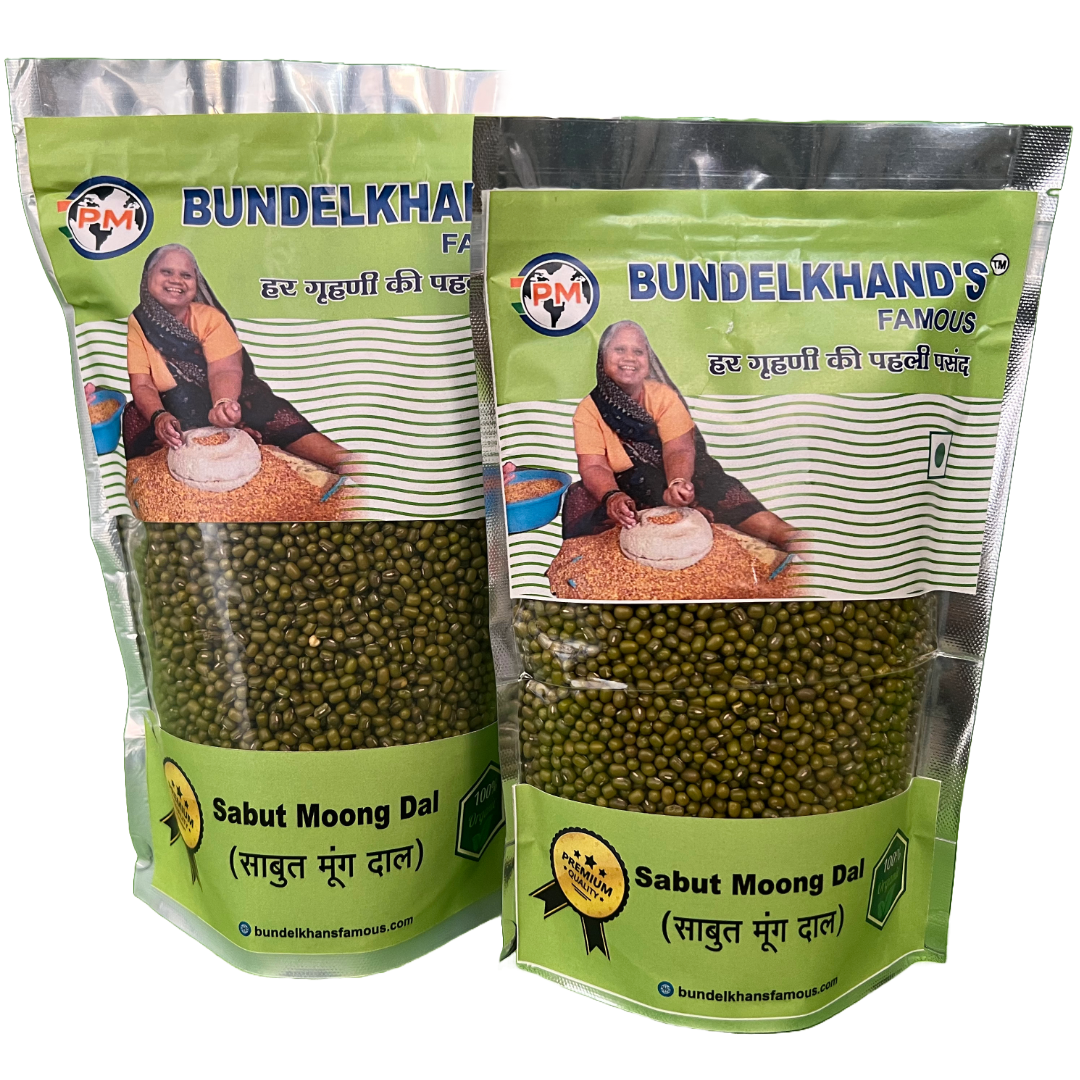
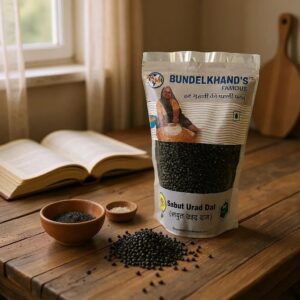
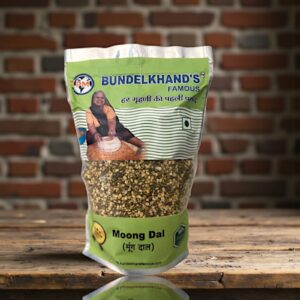

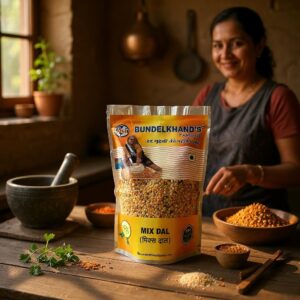
Ronak –
Amazing flavours and delicious test fast delivery 📦
AI Tools –
Great insights on decision-making-tyy.AI Tools reminds me how valuable it is to streamline choices with curated solutions like the AI Reply Assistant.
Kirti –
Amazing test fast delivery 👌